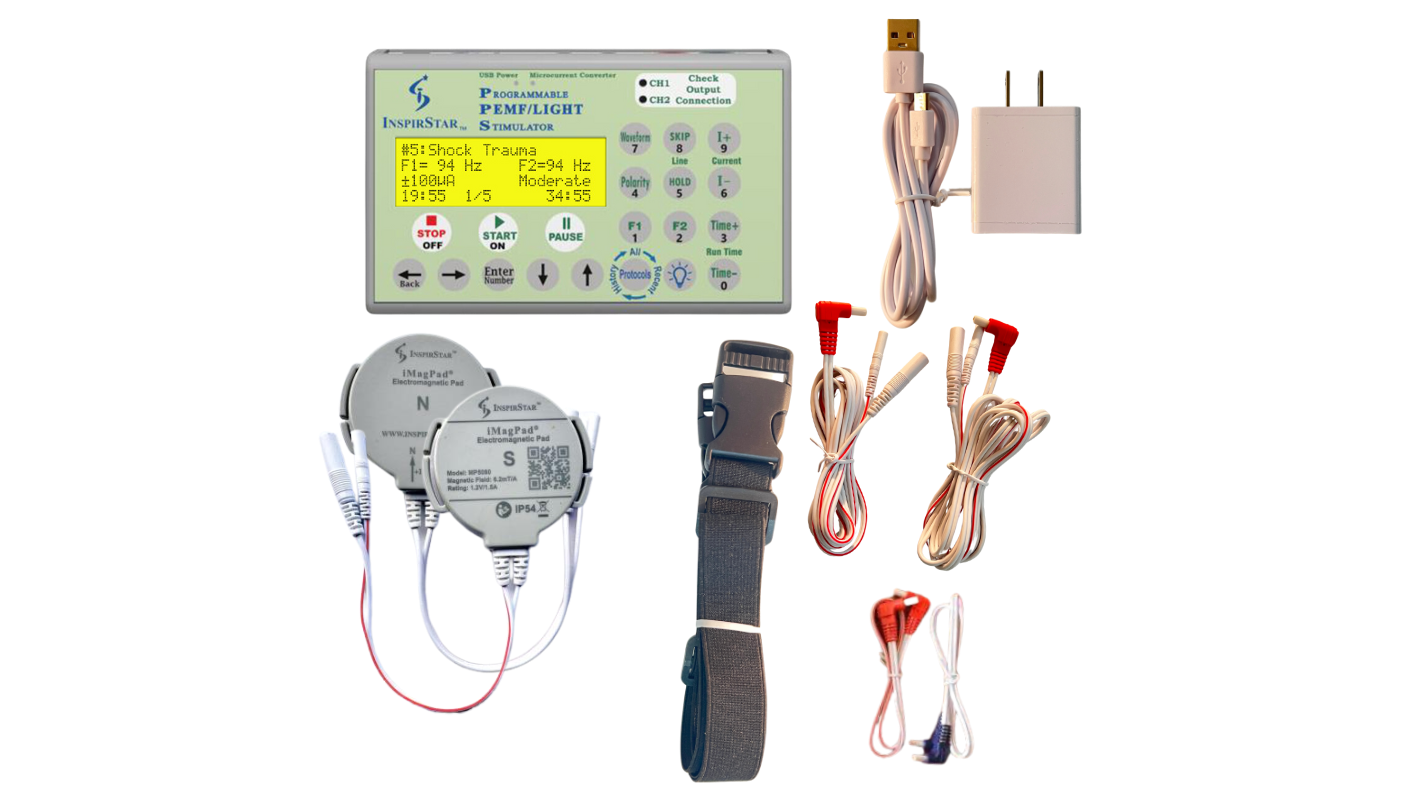As energy medicine continues gaining ground in mainstream clinical circles, more practitioners are moving toward programmable PEMF devices. Here’s what modern systems bring to the table and how to assess whether your current equipment is helping or holding you back.

Let's get clear: PEMF is no longer on the fringe. With the U.S. PEMF equipment market projected to break the $500 million mark by the end of 2025—and eyeing $1 billion territory by the next decade—it's safe to say the field has arrived.
Clinical protocols have advanced. Patients are savvier. Research is robust. And yet, many practitioners are still using first-gen devices with little more than on/off switches and a handful of fixed programs. That's like trying to do modern surgery with 1980s instruments. Precision is the new baseline.
Today's clinicians aren't looking for bells and whistles—they're looking for control. Programmable PEMF systems give them just that.
With the right device, you can:
Frequency ranges matter. Intensity controls matter. So do waveforms. But more importantly, they need to work together in a system that gives you repeatable, adjustable outcomes.
Look for specs like:
Bonus: Some advanced platforms—like those from MEND Technology—even let you integrate PEMF and microcurrent via bridge interfaces. That means broader treatment scope without juggling multiple machines.
Hospitals still lead in PEMF adoption, but independent and integrative clinics are closing the gap. Why?
The challenges? They're real. Device costs. Regulatory grey zones. Too many "me-too" brands in the market.
That's why partnering with solution-minded manufacturers—those who offer real education, not just spec sheets—is now part of the buying equation.
Before you invest in the next shiny machine, ask yourself:
Programmable PEMF is about having tools that evolve alongside your expertise. Whether you're working in pain, recovery, inflammation, or neuro protocols—control is king.
Energy medicine is shifting fast—toward personalization, integration, and precision. If you're ready to explore PEMF tools built to support that shift, partners like MEND Technology can help with any questions you may have!
